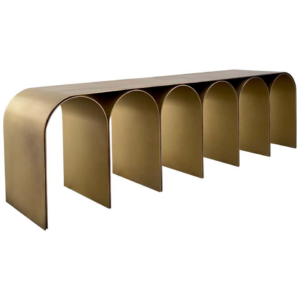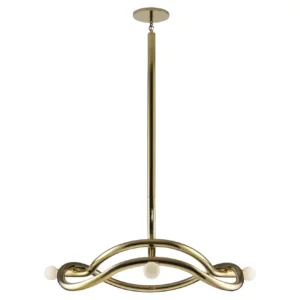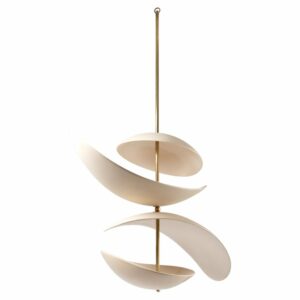
Jess Cooney

As principal and founder of Jess Cooney Interiors, Jess Cooney has lead her team as head designer on construction and custom furnishing projects for the past 21 years. Jess and her team have received national attention for their designs and have been featured in Architectural Digest, Martha Stewart Living, HGTV and are often spotlighted in the New York Times and Boston Globe for their ability to create smart functional tranquil spaces.
Jess is passionate about renovating older homes, smart green new construction, and designing custom built-ins and furnishings for her clients and their families. Jess has built a team of designers and support staff whose focus is on the execution of every detail of her firm’s projects and effective long-distance communication throughout the process. Her vast knowledge of construction and custom furnishings paired with her down-to-earth sensibility has brought success to her ever-growing firm. Her signature style is a mix of smart, durable design – clean lines, modern sensibilities, and rustic elements. Clients of Jess Cooney Interiors crave laid-back elegance complete functional storage solutions for kids, dogs and house guests to throw their feet up for the weekend without any worries.
1. You have a vibrant and classic style. Could you tell us how your journey into interior design started?
My journey into design began in a college photography class. My professor noticed my talent for spatial layouts in my photographs, and I enjoyed spending hours in the darkroom. This experience opened my eyes to the possibility of pursuing a career in the arts.
2. Do you think there has been a defining moment in your career?
A defining moment in my career was purchasing a rundown building that was once a gas station and transforming it into my Design Studio. We’re still in that space, and it has been one of the best decisions of my career. It provides a fantastic environment for both clients and staff, showcasing our work and creating an inspiring place to work every day.
3. What would be the ideal space to design for you?
I would love to design a boutique hotel. It’s high on my bucket list right now.
4. What do you think is the key to a successful interior design?
The key to successful interior design is uncovering the story of a space. Understanding what narrative the house wants to tell and allowing that story to influence your designs is crucial.
5. How would you define your signature style? Do you have “a mantra” that encapsulates your taste in design?
My style focuses on capturing the essence of a space and layering that essence with a soft, quiet feel and unexpected elements. I believe the key to good design is organization; when everything has a designated place, the beauty of the space shines through in everyday living.


6. Your studio has renovated one of Buckminster Fuller’s geodesic dome houses by Lake Seneca in Massachusetts. That must have been quite an intriguing project. Could you tell us how the project came about, what were some of the challenges, and what you enjoyed the most in redesigning this space?
Yes, this project was amazing and came with many challenges due to the curved dome walls. The kitchen was particularly challenging because of the open dome. We managed to steal space from the bathroom behind the kitchen to create a pantry, which allowed us to place the refrigerator and storage for dry goods there. This gave us a small straight wall to add the range, and the sink went into the peninsula. Fitting all the desired appliances and creating a tranquil space was a major challenge. Additionally, the primary bedroom was in a lofted space, so we created a dressing room to accommodate their closet needs in the large open area.
7. What was one of the hardest learned lessons in your journey?
One of my hardest lessons was learning to prioritize being a business person before a creative. Years ago, some clients decided against custom furniture we had purchased for them, and I had no real recourse for payment, which resulted in a significant financial loss. I revised my contracts and business practices from that point on, understanding the importance of running a business effectively.
8. What would be your advice to beginner interior designers?
My advice is to recognize that the design of a space is only 10% of the work. The remaining 90% involves communicating your ideas to clients, architects, and contractors and meticulously following through on every detail with effective systems and processes. Understanding this is crucial in our industry.
9. What are your favorite pieces from the Philia Collection?
Selene Pendant Lamp XL by Elsa Foulon: I love this light fixture and am considering using it in my own home project. It’s currently a tie between this and the Tryst Three Chandelier by Paul Matter. I appreciate the graceful movement of both fixtures; they are both soft and feminine.
And the Steel Gold Arch Bench by Pietro Franceschini: I admire the modern, strong lines combined with soft curves. It offers a great balance and makes a strong statement in any home.





